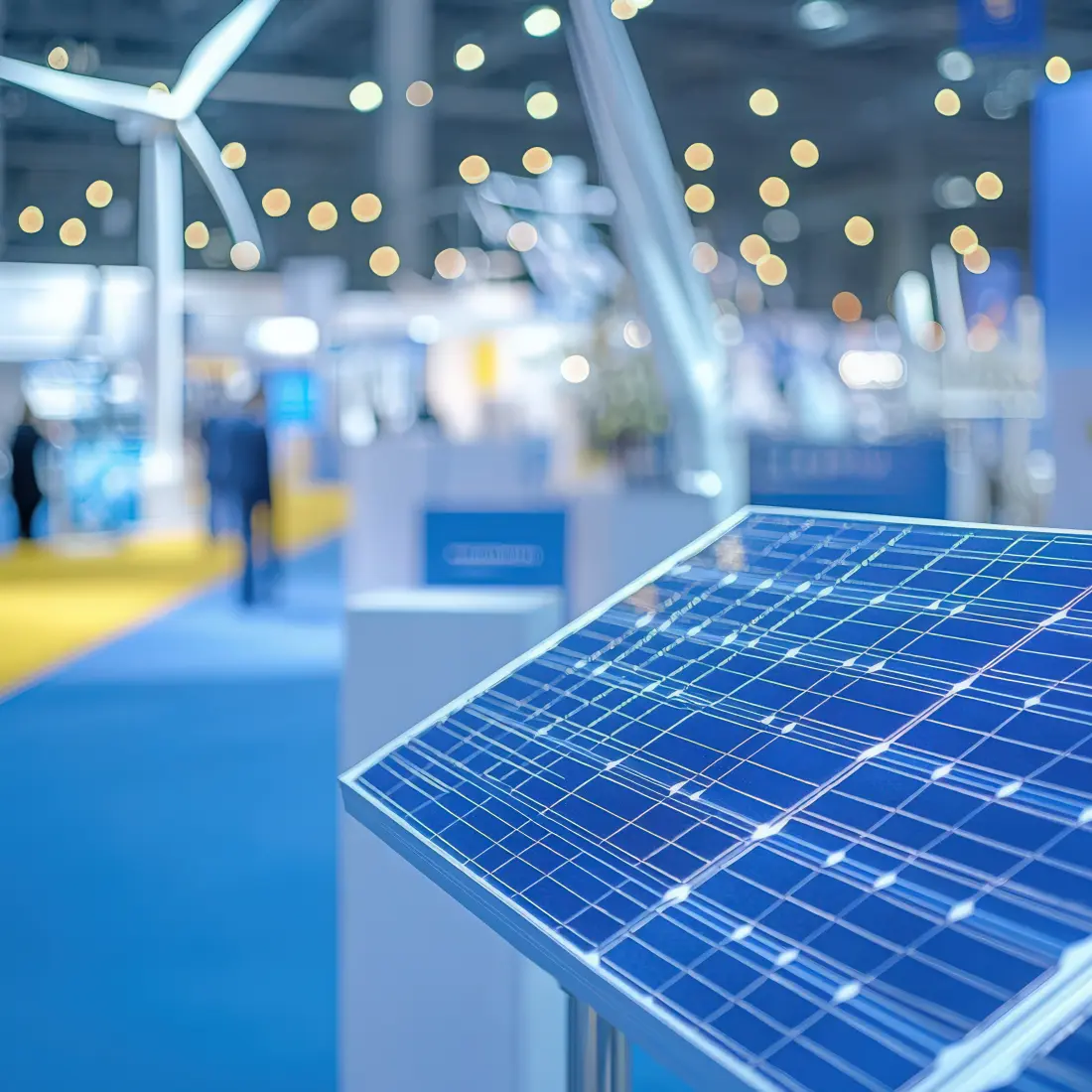Intersolar Europe 2022: the key takeaways


This year Intersolar Europe returned with all the intensity and inertia of an industry propelled by the changing landscape of the world; changes that have felt both shocking and unforeseen while at the same time altogether inevitable. Energy experts from all over the world gathered to both discuss the current and future goals for green energy, and debate the ways the world could become more independent from fossil fuels. PVcase was lucky enough to be present in Munich and we are eager to share what we took away from the week.
The ongoing situation in Europe has only heightened the need to become less reliant on oil and gas and more focused on green energy sources. Experts noted both the interest in renewable energy and the steep incline of the growth curve for solar. At the start of the year, the world achieved 1 TW of solar power deployed globally, an achievement that took the world decades to reach; yet the industry professionals believe that number will double in only 3 years. SolarPower Europe’s CEO, Walburga Hemetsberger noted:
What a pleasure to meet our friends and colleagues again in sunny Munich during Intersolar. It was the perfect occasion to share and celebrate our latest market analysis, which shows the world has entered the Solar Terawatt Age – with the 1 TW installed today set to double to over 2 TW within 3 years.During the fair, conversations revolved around what we would see in the landmark EU solar strategy – reports suggest some significant moves on EU renewables targets, rooftop solar, RES permitting, solar manufacturing, and more. Let’s wait and see whether the European Commission will set solar ambition on the path to Europe’s Terawatt age within the decade.
It’s no secret that the desire to be more self-reliant is driving countries to look towards renewable resources. Europe, in particular, expressed the need to be more independent from fossil fuels. However, while there’s a will to rely more on renewables, achieving solar-powered EU energy independence is partially limited by a dependence on imports of solar materials and technologies and global supply chain constraints.
In this regard, a key action to strengthen the solar energy industry in Europe is to develop domestic manufacturing, a centerpiece of the upcoming EU Solar Strategy due to be published on Wednesday. This strategy is expected to launch a European Solar Industry Alliance that will establish the goal of 20 GW of manufacturing capacity by 2025 and provide the long-term investment certainty and policy support required for both solar manufacturing and capacity deployment.
The proposal of ESMC to create a financial vehicle to de-risk the investments into PV manufacturing has been recognized by the European Commission intention to establish the EU Solar PV Industry Alliance, which will map the availability of financial support, attract private investment and facilitate the dialogue and match-making between producers and off-takers.We urge the new Solar PV Industry Alliance to set up concrete long-term goals for PV manufacturing capacities along the full value chain in Europe and to start the work as soon as possible towards establishing a concrete financing de-risking support program for its implementation already in 2022 – noted Žygimantas Vaičiūnas, Policy Director of the European Solar Manufacturing Council.
What is clear is that Intersolar attendees expect a huge increase in annual PV installations, driven partly by huge pressures to alleviate energy price spikes and a reliance on energy imports. Germany in particular aims to establish further energy independence, with an aim to reach 215 GW of solar by 2030, which will require the deployment of 22 GW of solar on average per year. But policies and good intentions can only go so far, and technology is a huge part of the equation.
Global technology companies will play a vital role in the transformation of the energy industry
Smoother engineering process and accurate plant design is necessary in order to help EPCs and developers rapidly scale their engineering capacity, and that’s where PVcase comes in. Our software helps engineers design solar parks according to their specifications, optimized based on a variety of aspects, such as terrain, type of panels and many more. PVcase ensures that design, modeling and deployment of new plants is fast and efficient, which supports the accelerated growth in deployment of PV parks. The link between technology and clean energy is invaluable, as it supports the innovation that drives forward more efficient solutions. And in the current climate - both proverbial and not - it’s important to keep better practices in sight.
The energy transition cannot rely on utility-scale projects only
According to the Global Market Outlook report by Solar Power Europe, experts believe that by 2026, rooftop solar is likely to reach 145 GW, compared to 202 GW in utility-scale. Emerging best practices for utility scale solar such as the dual-use of land, including biodiverse solar and agrivoltaics, and terrain following tracking that reduces the need for earthworks will make utility-scale expansion more sustainable Notwithstanding, many countries will rely on rooftop installation to meet their ambitious solar goals. In order to support this development, PVcase is launching PVcase Roof Mount, a software solution that will address the unique challenges of rooftop design. PVcase Roof Mount will enable engineers to work faster, utilizing automated and semi-automated solutions. Layout generation accounts for the roof’s slope, and paired with shading calculation and stringing feature, the software will provide precision for the designs, which in turn reduce project costs.
The future has never looked brighter for European solar expansion. While meeting lofting goals set by policy-makers is not without many challenges, we couldn’t help but walk away from our time in Munich with an overwhelming feeling of optimism. Maybe it was the sun and the beer… or maybe it’s that feeling when you know you’re at the right place at the right time with the right software.